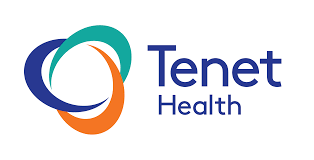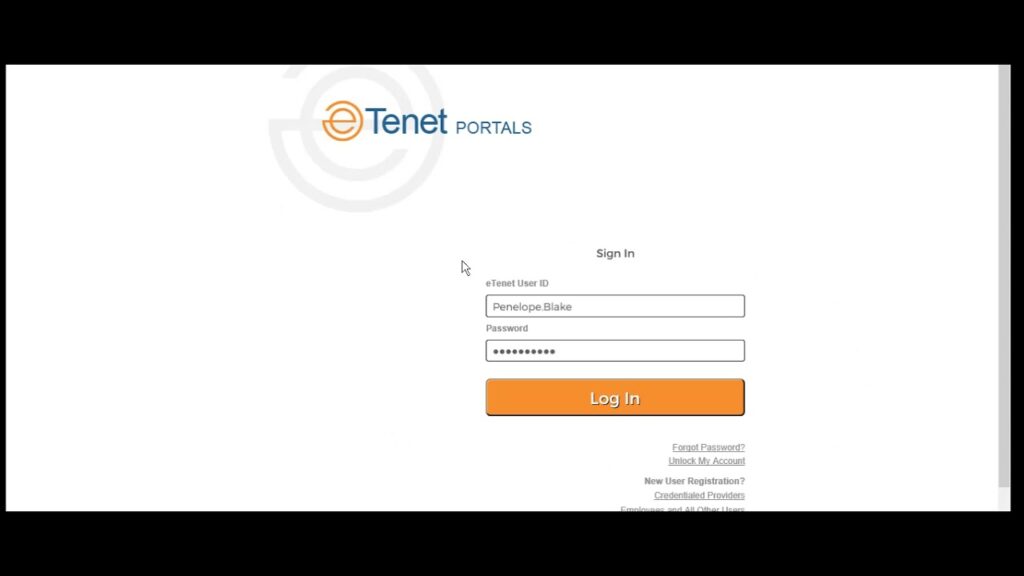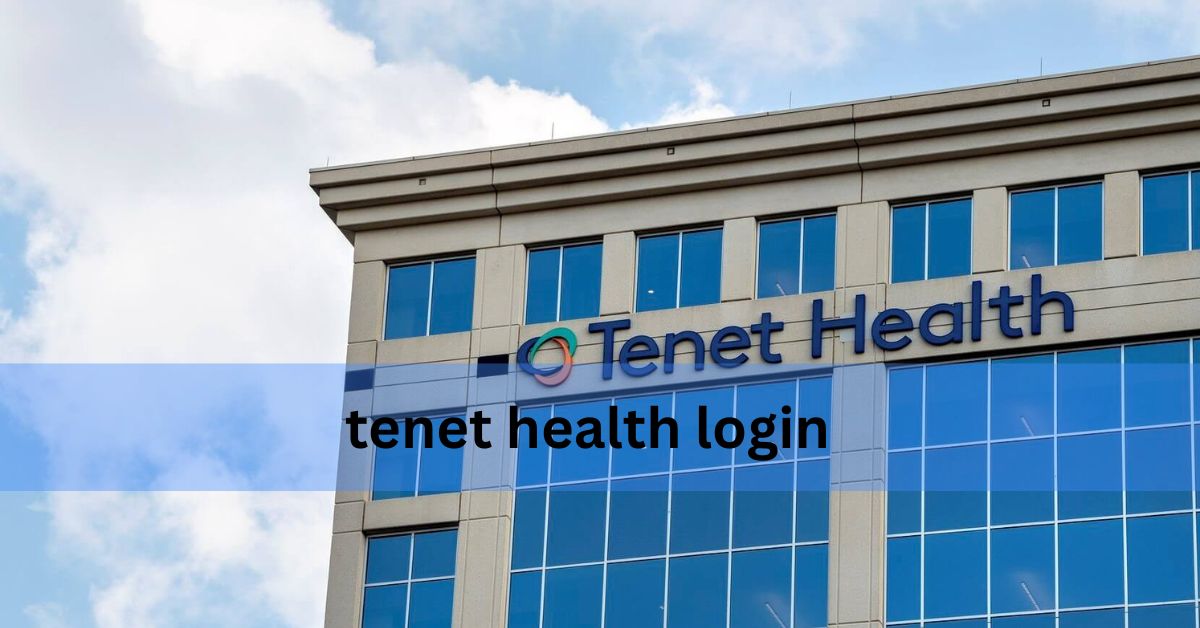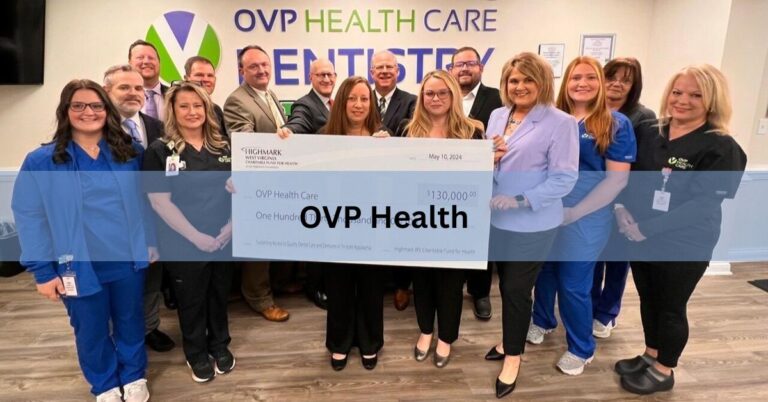Tenet Health Login – Secure Access and Patient Experience!
In today’s healthcare landscape, digital access is no longer a luxury—it’s a necessity. Tenet Healthcare, one of the largest and most influential healthcare service providers in the United States, understands this shift and offers patients, physicians, and employees a secure and centralized login system. Whether you’re trying to view your medical records, manage your work schedule, access health benefits, or communicate with your care team, the Tenet Health login portal plays a critical role in streamlining your experience.
This in-depth guide explores everything you need to know about Tenet Health login systems, including step-by-step login procedures, troubleshooting tips, benefits, and a detailed analysis of how the system enhances healthcare accessibility. Let’s break it down.
What is Tenet Health?

Tenet Healthcare Corporation is a diversified healthcare services company headquartered in Dallas, Texas. It operates more than 60 hospitals and hundreds of outpatient centers across the United States. Through a combination of strategic partnerships, a vast network of care providers, and robust digital tools, Tenet aims to deliver efficient and high-quality healthcare.
In line with modern trends, Tenet has embraced online services to make healthcare access easier for its network of patients, staff, and physicians. At the core of these services is its suite of online portals, which require secure login credentials to access various functionalities.
Purpose of the Tenet Health Login Portal:
The Tenet Health login portal is a unified digital gateway designed for three main user groups: patients, healthcare professionals (physicians, nurses, clinical staff), and Tenet employees (HR, admin, support staff). Each user type accesses a different version of the portal, tailored to their specific needs.
For patients, it serves as an electronic health management system where you can book appointments, view lab results, track prescriptions, and communicate with your care team. Employees use the login system to access payroll, HR tools, benefits management, shift schedules, and internal communications. Physicians use the system to manage clinical workflows, review patient histories, and collaborate with multidisciplinary teams.
Accessing the Tenet Health Login Page:
Accessing Your Tenet Health Account
To access your Tenet Health account, visit the official login page via the Tenet Healthcare website or directly through portals like eTenet.com, MyTenetHealth, or platforms provided by affiliated hospitals.
For Patients: Use MyTenetHealth
Patients should log in through MyTenetHealth, the secure patient portal that offers personal access to medical records, test results, and other healthcare services.
For Employees and Physicians: Use eTenet
Tenet employees and physicians should access their accounts through the eTenet portal, which connects them to administrative, payroll, and clinical applications.
Logging In with User ID and Password
To log in, users must enter their User ID and Password associated with their Tenet account.
First-Time Users: Registration Required
First-time users must register by verifying personal details such as:
- Date of birth
- Email address
- Medical record number (for patients)
- Employee ID (for staff)
Features and Benefits of Tenet Health Login:
The Tenet Health login portal is not just a login page; it’s a comprehensive platform for managing healthcare and employment-related functions. Once logged in, patients can view their entire medical history, monitor upcoming appointments, request prescription refills, view test results as soon as they’re available, and send direct messages to their doctors.
Employees benefit from features such as timecard management, payroll access, tax document retrieval, direct deposit setup, and benefit elections during open enrollment. Physicians are provided with real-time access to electronic health records (EHR), remote order entry, and collaboration tools to enhance patient care coordination.
Additionally, security is a top priority. The portal uses multi-factor authentication (MFA), secure encryption, and continuous monitoring to protect sensitive health and employment information. Tenet’s commitment to compliance with HIPAA and other healthcare regulations ensures that all user data remains private and secure.
Also Read: Premise Health Careers – Building Purpose-Driven Paths in Healthcare!
Troubleshooting Common Login Issues:
Despite its user-friendly design, users may occasionally run into issues when accessing the Tenet Health login portal. Common problems include incorrect passwords, forgotten credentials, expired sessions, and browser compatibility errors.
If you forget your password, the portal has a built-in password recovery function that guides you through resetting it using your registered email or answering security questions. In case of multiple failed login attempts, your account may be temporarily locked for security reasons. To unlock it, you’ll need to verify your identity with IT support or follow the on-screen instructions sent to your recovery email.
Sometimes, login issues can also result from outdated browsers or temporary server errors. In such cases, clearing your browser cache or trying a different browser (such as switching from Internet Explorer to Chrome) often resolves the issue.
How to Create a MyTenetHealth Patient Portal Account?
1. Visit the Official Website
Go to www.mytenethealth.com using a web browser on your computer or mobile device.
2. Click on “Sign Up”
On the homepage, find and click the “Sign Up” button to begin the registration process.
3. Enter Your Personal Information
Provide your full name, date of birth, email address, and other required identification details. This helps verify your identity and links your medical records.
4. Create a Username and Password
Choose a secure username and password. Make sure your password includes a mix of letters, numbers, and special characters for added security.
5. Set Up Security Questions
Select and answer security questions. These are used to verify your identity if you ever forget your login information.
6. Agree to Terms and Conditions
Read and accept the portal’s terms of use and privacy policy before proceeding.
7. Verify Your Email Address
Check your inbox for a verification email. Click the link in the email to confirm your account registration.
8. Log In to Your New Account
Return to the login page, enter your username and password, and access your new MyTenetHealth patient portal account.
Using the Tenet Employee Portal (eTenet):

The eTenet portal is specifically designed for employees and providers within the Tenet Healthcare system. Once you’re onboarded, you’ll receive login credentials from your department. After logging in, you’ll be able to access time reporting, health benefits, payroll documents, learning management systems (LMS), and even internal communication tools like Teams or Outlook.
The employee portal is also the access point for mandatory training modules, certification renewals, and compliance checks. New employees are advised to log in as soon as possible to complete onboarding steps such as benefit selection and direct deposit enrollment.
The Role of Digital Access in Modern Healthcare:
Tenet Health’s digital strategy reflects a broader industry trend toward greater transparency, efficiency, and patient engagement. With online login systems and digital records, patients have greater control over their healthcare journey, including real-time access to lab results, after-visit summaries, and medical billing.
For providers, real-time access to records and care tools ensures higher accuracy and faster decision-making. Employees benefit from streamlined HR operations, faster onboarding, and access to resources that support work-life balance and career growth.
Security and Compliance Considerations:
Security is one of the cornerstones of Tenet Health’s digital ecosystem. With threats to healthcare data on the rise, Tenet utilizes state-of-the-art cybersecurity protocols including secure socket layer (SSL) encryption, two-factor authentication (2FA), periodic credential updates, and system-wide monitoring to detect and prevent breaches.
All login portals comply with HIPAA, the HITECH Act, and other state-level data protection laws, ensuring that users’ personal and medical information is safe. Regular audits, user training, and incident response protocols are in place to maintain trust and transparency across the system.
FAQ’s:
1. What is the official Tenet Health login portal for employees?
Employees typically use the eTenet portal at www.etenet.com to access HR services, payroll, benefits, and internal communications.
2. How do I reset my Tenet Health login password if I forgot it?
You can reset your password directly on the login page by clicking “Forgot Password” and following the email verification instructions.
3. What is the difference between MyTenetHealth and eTenet?
MyTenetHealth is a patient portal for accessing medical records and communicating with healthcare providers, while eTenet is designed for employees and physicians to access HR and clinical systems.
4. Is Tenet Health login secure?
Yes, the portal uses encryption, multi-factor authentication, and is HIPAA-compliant to protect your sensitive data.
5. What information can I view on MyTenetHealth?
You can view lab results, medical records, appointment history, billing details, and communicate securely with your healthcare provider.
6. What should I do if I get locked out of my account?
Follow the prompts on the login page to unlock your account or contact Tenet Health’s IT support for assistance.
7. Are Tenet Health login portals available 24/7?
Yes, these portals are accessible 24/7, although occasional maintenance may cause temporary downtime.
Closing Thoughts:
Tenet Health’s login portals are more than just access points—they’re essential tools for delivering modern, efficient, and patient-centered healthcare. By enabling secure access to vital information, these platforms empower patients, streamline employee tasks, and enhance clinical decision-making for providers. Understanding how to use these portals effectively not only improves the individual experience but also contributes to better health outcomes and stronger provider-patient relationships.
Read More:






